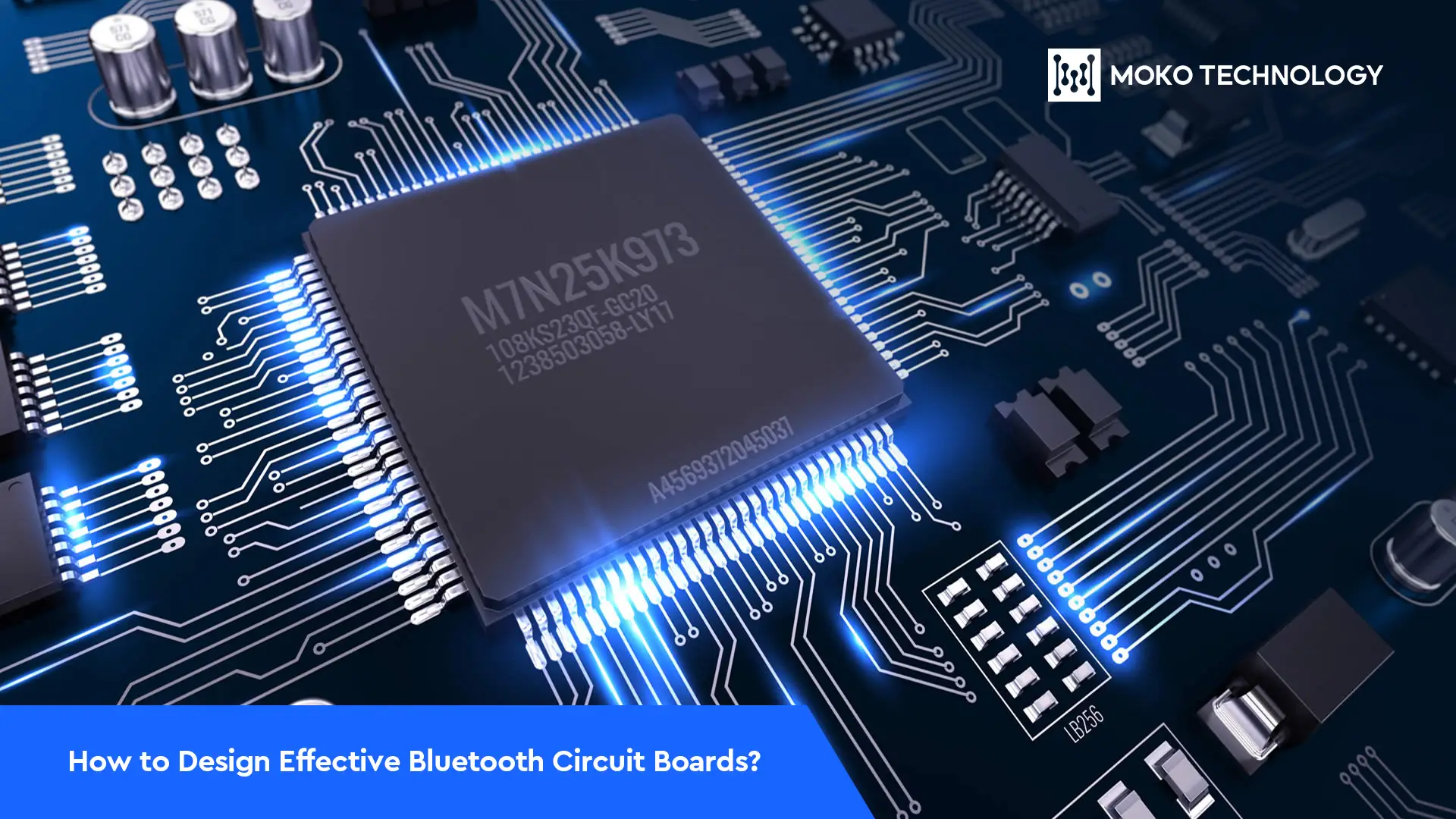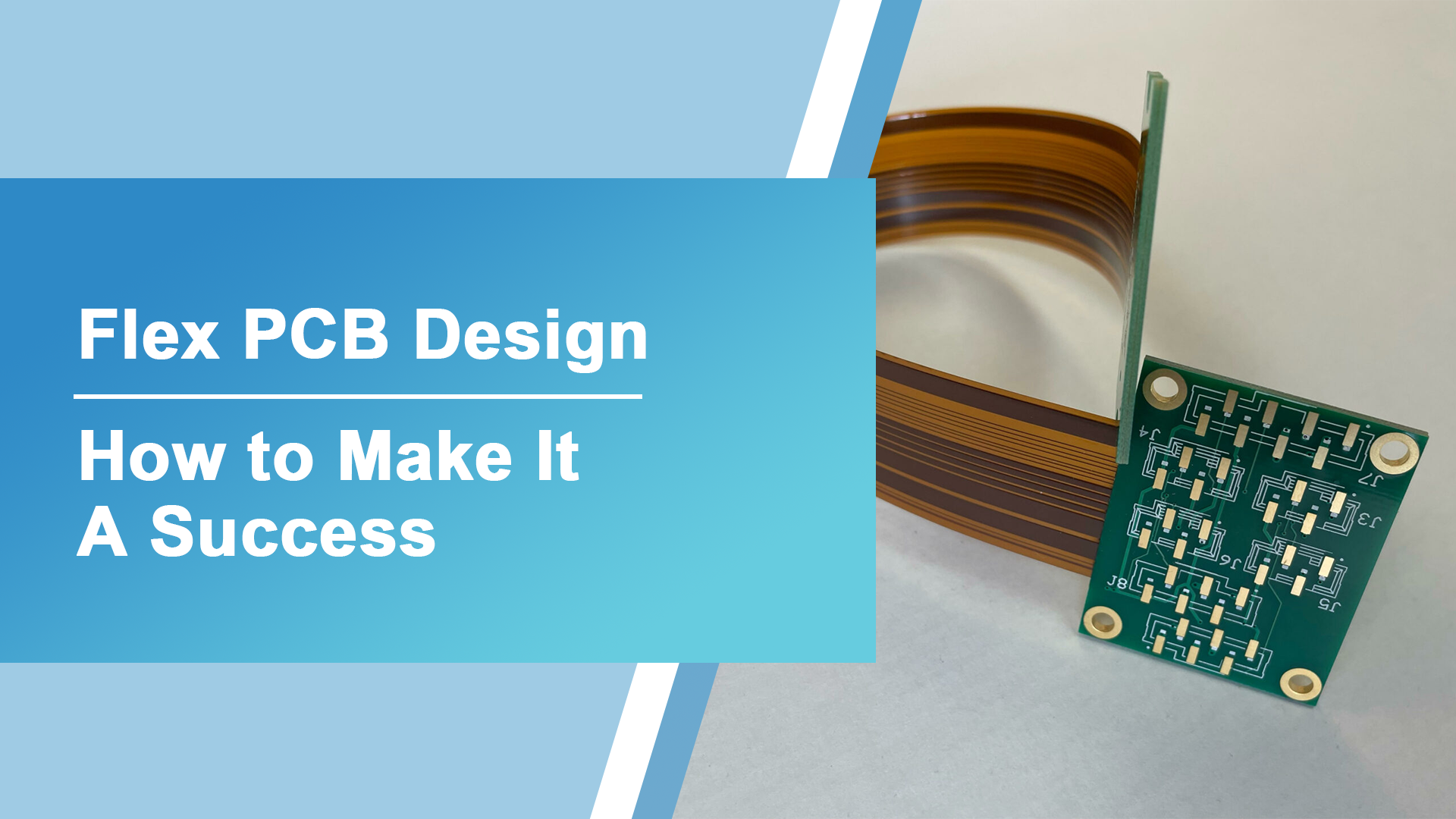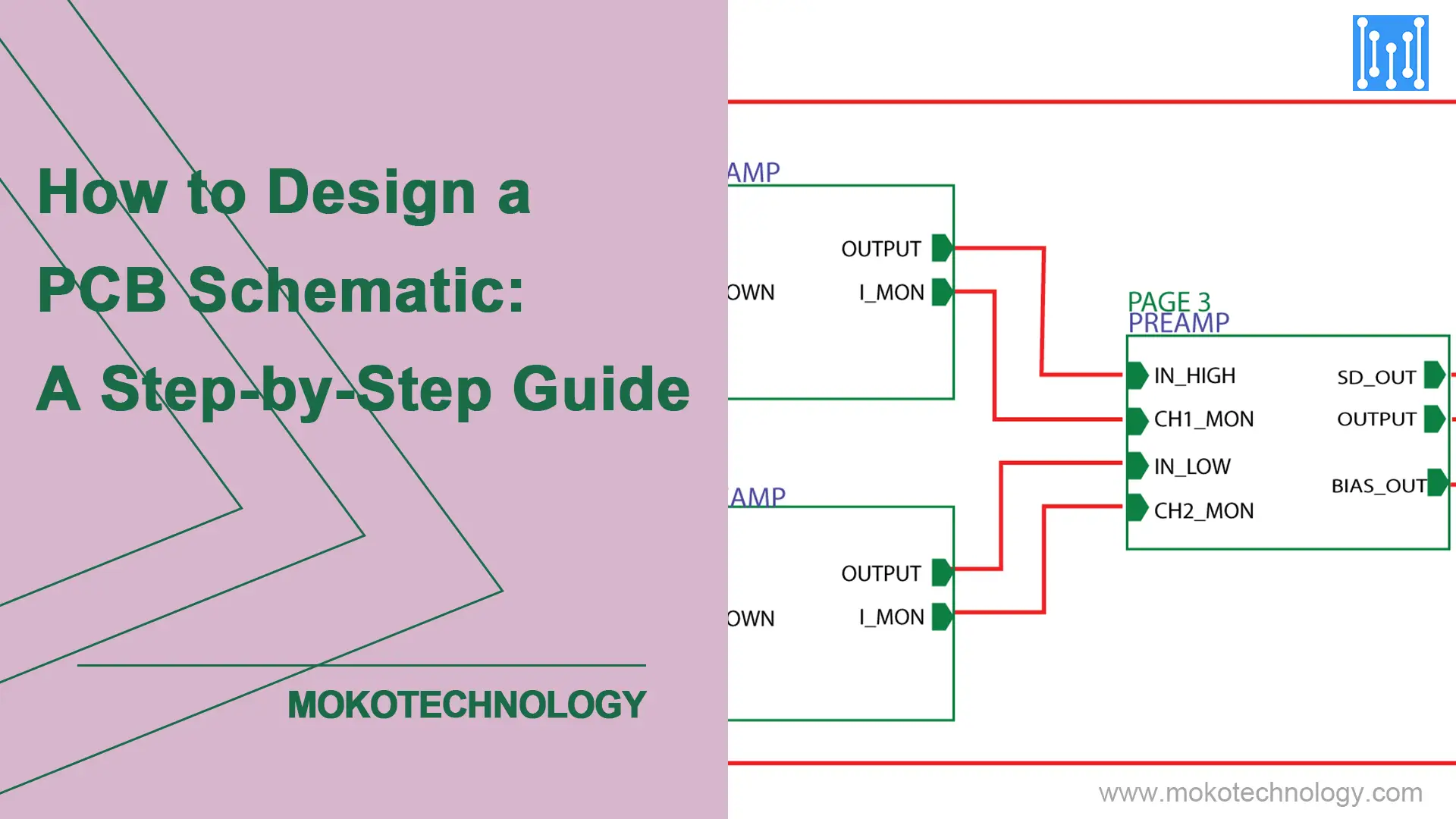- Try SMD 0.1″ headers. Pick & Place and wave soldering are compatible, but these need a minimum of 3 pins due to the alternating SMD feet to keep them standing before the solder holds them on.
- Switch to an transistoror diode pair that already comes with a molded body, unless those don’t exist in SMD.
Read More: LED PCB Assembly
#PCB Design



